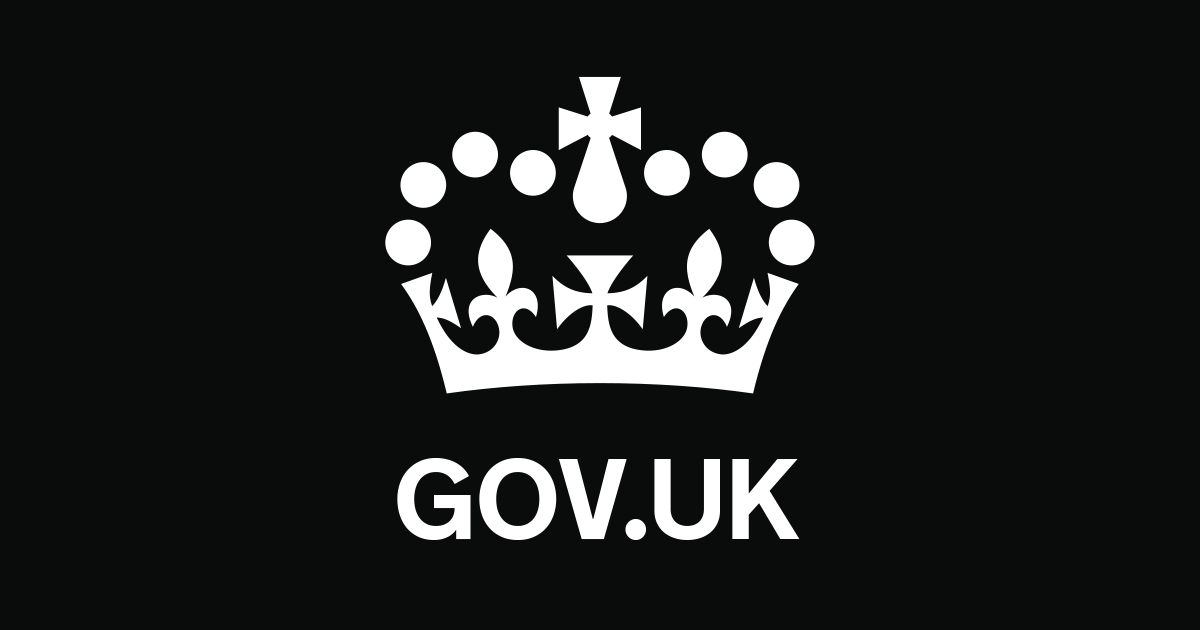These codes should only be completed in Data Elements 4/4 and 2/3 where a commodity code, document or manual tax calculation requires the provision of a measurement unit and qualifier. Where these are not stipulated against the document code, procedure code or commodity code, this data is not required unless a manual tax calculation is being used.
Note
Code GBP may only be used when a manual duty calculation is being made. It must not be used in any other circumstances in Data Element 4/4.
Code GBP must not be used in Data Element 2/3 in any circumstances.
Measurement units and the tax calculation — Data Element 4/4 (tax base)
The measurement units and qualifiers should only be completed in Data Element 4/4 (tax base) where they are required to support the calculation of the tax amounts, for example, a third quantity is required such as alcoholic strength by volume or a manual tax calculation is being made.
Where a manual tax calculation is being made, the only measurement unit code that may be declared in Data Element 4/4 is ‘GBP’.
Where a commodity code requires a measurement unit and qualifier (where applicable), this will be specified against the commodity code details in Volume 2 of the UK Trade Tariff.
Where the specific commodity code requires a measurement unit or qualifier to be declared, enter the appropriate code for the commodity’s measurement unit type using the attached list.
For example, if the commodity requires a quantity in litres, enter the measurement unit code of LTR followed by the quantity declared in litres.
Measurement units and documentation write-off — Data Element 2/3
A measurement unit and qualifier is only required where a specific quantity and measurement type has to be decremented against a specific document. For example, a licence has been issued for a total quantity of liquids in litres.
Where the specific document requires a measurement unit or qualifier to be declared, enter the appropriate code for the commodity’s or document’s measurement unit type using the attached list.
For example, if the document requires a quantity in litres, enter the measurement unit code of LTR. The quantity of litres being declared should be entered against the eighth component: quantity.
If no quantity, measurement unit or qualifier is required, this data element should be omitted.
Measurement unit and qualifier codes for the Customs Declaration Service (CDS)
The spreadsheet contains a list of measurement unit codes, their descriptions and qualifiers (where applicable). The codes from columns A and B are the only codes which may be declared to CDS in respect of Data Elements 2/3 and 4/4.
The code in column D (CHIEF code) is provided for reference purposes only to ease the cross-referencing of old and new codes. The CHIEF code must not be declared to CDS.
These codes should only be completed in Data Elements 4/4 and 2/3 where a commodity code, document or manual tax calculation requires the provision of a measurement unit and qualifier. Where these are not stipulated against the document code, procedure code or commodity code, this data is not required unless a manual tax calculation is being used.
Note
Code GBP may only be used when a manual duty calculation is being made. It must not be used in any other circumstances in Data Element 4/4.
Code GBP must not be used in Data Element 2/3 in any circumstances.
Measurement units and the tax calculation — Data Element 4/4 (tax base)
The measurement units and qualifiers should only be completed in Data Element 4/4 (tax base) where they are required to support the calculation of the tax amounts, for example, a third quantity is required such as alcoholic strength by volume or a manual tax calculation is being made.
Where a manual tax calculation is being made, the only measurement unit code that may be declared in Data Element 4/4 is ‘GBP’.
Where a commodity code requires a measurement unit and qualifier (where applicable), this will be specified against the commodity code details in Volume 2 of the UK Trade Tariff.
Where the specific commodity code requires a measurement unit or qualifier to be declared, enter the appropriate code for the commodity’s measurement unit type using the attached list.
For example, if the commodity requires a quantity in litres, enter the measurement unit code of LTR followed by the quantity declared in litres.
Measurement units and documentation write-off — Data Element 2/3
A measurement unit and qualifier is only required where a specific quantity and measurement type has to be decremented against a specific document. For example, a licence has been issued for a total quantity of liquids in litres.
Where the specific document requires a measurement unit or qualifier to be declared, enter the appropriate code for the commodity’s or document’s measurement unit type using the attached list.
For example, if the document requires a quantity in litres, enter the measurement unit code of LTR. The quantity of litres being declared should be entered against the eighth component: quantity.
If no quantity, measurement unit or qualifier is required, this data element should be omitted.
Measurement unit and qualifier codes for the Customs Declaration Service (CDS)
The spreadsheet contains a list of measurement unit codes, their descriptions and qualifiers (where applicable). The codes from columns A and B are the only codes which may be declared to CDS in respect of Data Elements 2/3 and 4/4.
The code in column D (CHIEF code) is provided for reference purposes only to ease the cross-referencing of old and new codes. The CHIEF code must not be declared to CDS.



